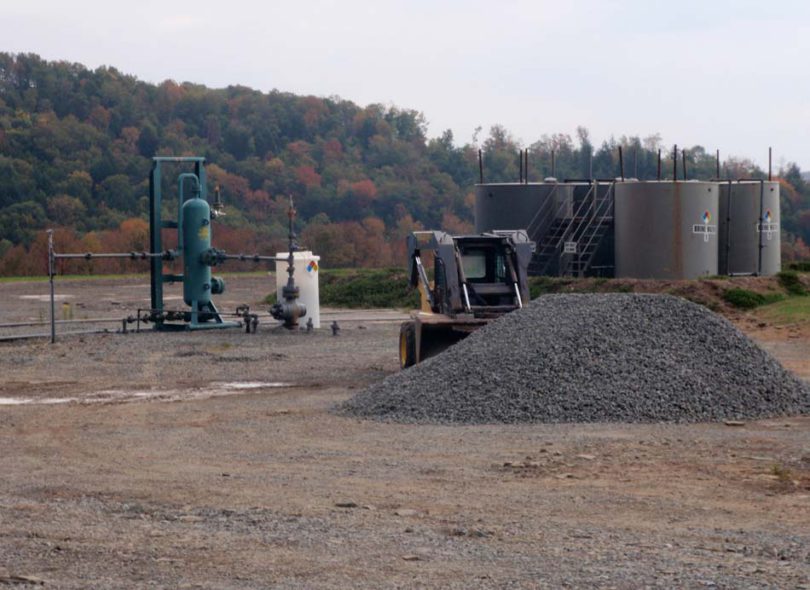A new study published in the Proceedings of the National Academy of Sciences has concluded that drilling for natural gas in shale formations has led to serious contamination of shallow groundwater supplies in northeastern Pennsylvania with flammable methane. However, the study does not provide clear information about the extent of this contamination in other areas where shale gas drilling has been conducted.
The issues surrounding shale gas drilling have already received attention, including in the documentary film Gasland, which highlighted a homeowner setting fire to well water coming out of a faucet. The implication was that gas drilling into deep shale formations had somehow released methane gas into shallow groundwater. Fracking, the process of pressurizing a wellbore to fracture the shale and release gas, was portrayed as the main cause.
While shale gas and fracking have been subject to public scrutiny, environmental scientist Robert Jackson and his colleagues at Duke University found that there is a lack of peer-reviewed data on well water contamination near shale gas drilling. To address this, they sampled well water across a large area in northeastern Pennsylvania, including the infamous town of Dimock featured in Gasland. Some samples were also taken in neighboring New York.
Analyzing 60 wells, the researchers found evidence of contamination near active gas wells. Wells located more than a kilometer away from an active gas well had only a few parts per million of methane in their water. However, most wells situated within 1 kilometer of a gas well produced water with 19 to 64 parts per million of methane. These levels exceed federal safety guidelines for methane and can pose risks of oxygen displacement and flammability. In fact, one homeowner was observed lighting their water on fire.
To further understand the source of the methane contamination, additional chemical and isotopic analyses were conducted on the well water. These analyses indicated that the high-methane levels in close-in water wells were from the deep shale, whereas the low-level methane in more distant water wells likely originated from methane-generating bacteria in shallow rock.
Geologist Adam Schoonmaker of Utica College in New York expressed concern regarding the findings and suggests conducting more sampling before and after shale gas drilling in a broader area, as recommended by the authors of the study. One challenge is that shale gas formations vary greatly, extending from upstate New York to Alabama and patches across Texas and the Rocky Mountain states. Each shale formation has unique geological characteristics that could affect gas release during drilling and fracking.
In response to the uncertainties surrounding shale gas fracking, U.S. Energy Secretary Steven Chu announced the formation of a blue-ribbon panel to make recommendations for improving safety and environmental performance. Immediate recommendations are expected within 90 days.

